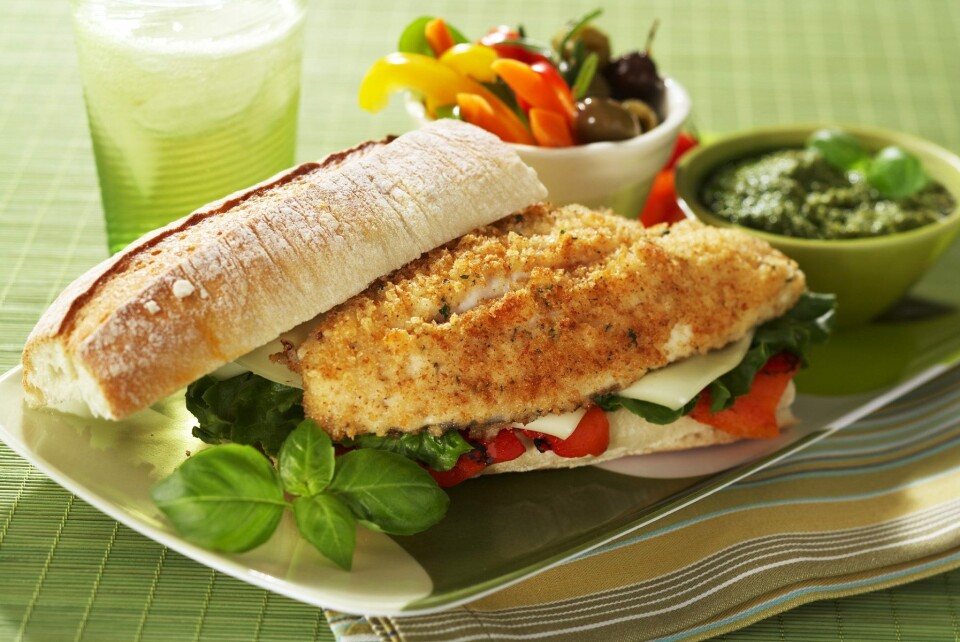
US aquaculture production going nowhere
The US government is actively trying to increase the production of seafood through the enactment of new laws and regulations for aquaculture, but a steady stream of opposition from a variety of environmental organizations is stifling development opportunities. A new report issued recently by the National Marine Fisheries Service (NMFS) shows some interesting and revealing figures;
- Aquaculture production in the US dropped in volume from some 399,437 tonnes in 2004 to 328,389 tonnes in 2009
- The value of this production increased slightly during this period however, from US$ 1.068 billion in 2004 to US$ 1.167 billion in 2009
- Freshwater catfish was the most important aquaculture species during the period, but its significance dropped due to competition from Asian producers. In 2004, some 286 thousand tonnes were produced, but by 2009 this had dropped to just under 216 thousand tonnes. The value of this production similarly decreased from US$ 439 million in 2004 to 352 million in 2009
The statistics don’t seem to include the value of Alaska’s aquaculture production of “wild” salmon, where private aquaculture operators hatch and produce some 1.5 billion stocking fish for release into the ocean every year, so the salmon aquaculture figures from the NMFS likely only include the production of Atlantic salmon from the states of Maine and Washington, which also showed a decline during the period- from just over 15,000 tonnes in 2004 to some 14,000 tonnes in 2009. The value of this production increased, however- from almost US$57 million in 2004 to over US$ 61 million in 2009.
Meanwhile, Canadian aquaculture producers put out some 100,220 tonnes of salmon in 2009, of which some 71,000 tonnes of Atlantic salmon products were sold to the US at a value of over CAD$ 491 million.






















































